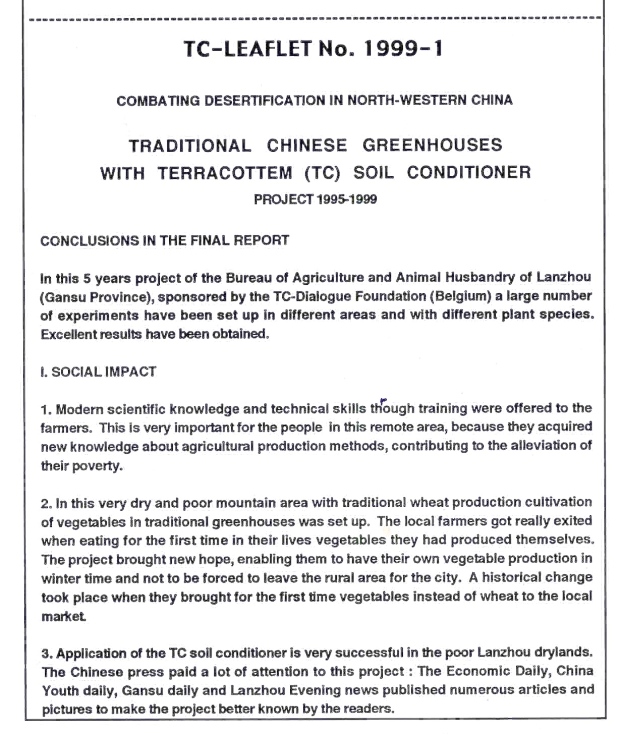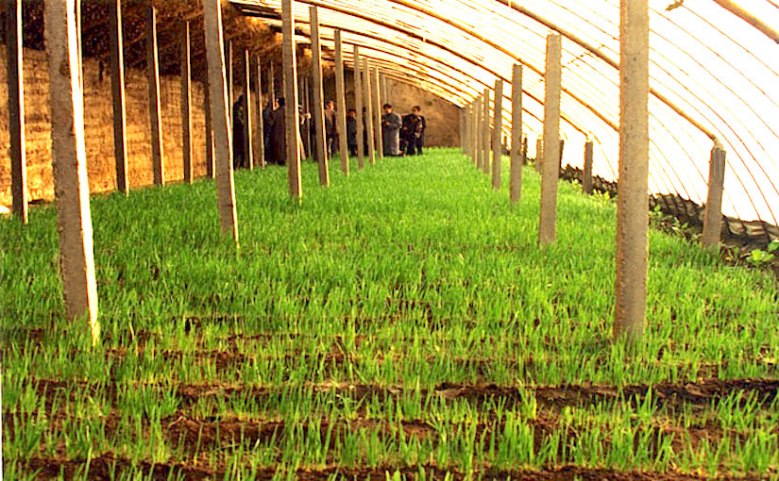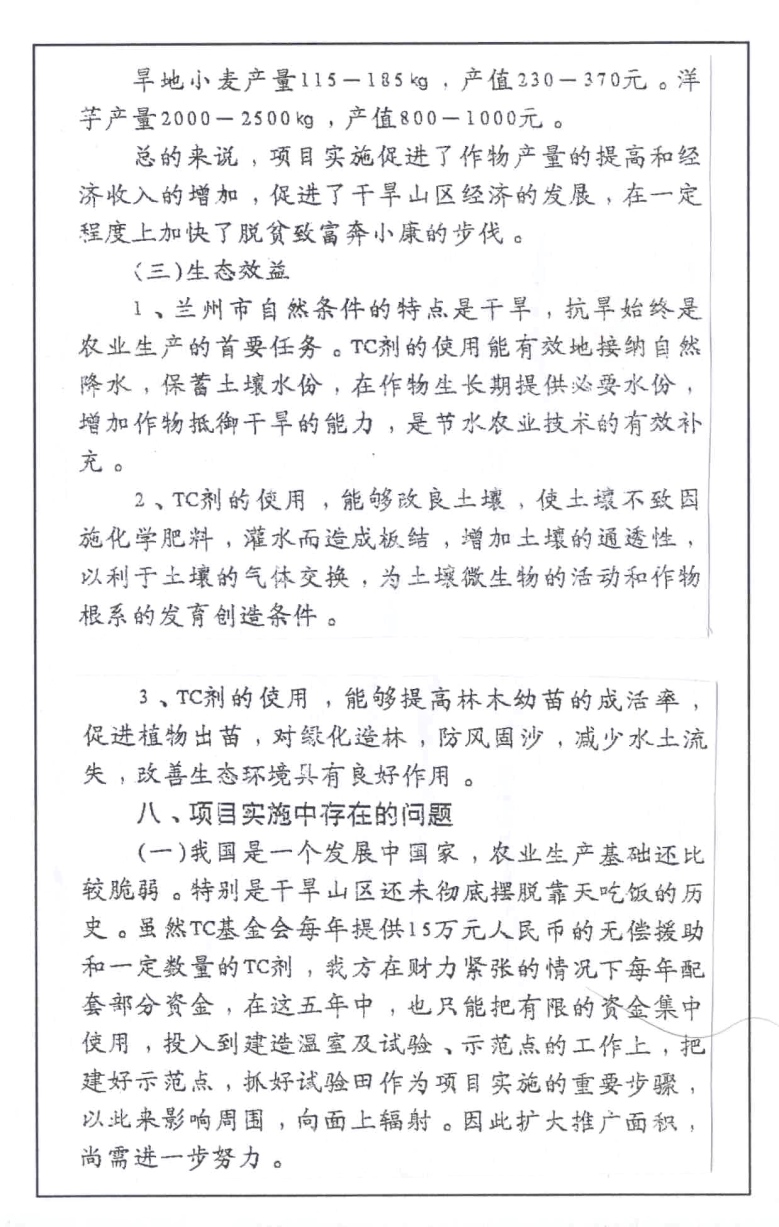
China’s growing deserts a major political risk
As desertification in China increases and government efforts to stop the sand’s advance falter, serious political risks are emerging from hub to hinterland.
When most people think of China’s landscape, they envision rivers and rice paddies, yet much of China does not conform to this image. From Tibet and Xinjiang, to the Russian border, the majority of Chinese territory is comprised of desert, grasslands, or arid steppe.
These regions only fell under official Chinese rule during the Qing dynasty, and for most of China’s 5,000 years as a civilization, dynasties and kingdoms have centered around the south-eastern river valleys and coasts.
————
The Green Wall of China
Following the creation of the People’s Republic of China (PRC) in 1949, the country embarked on history’s largest nation building exercise. To this end, vast swathes of China’s forests were felled for fuel, lumber, and paper production for the billions of little red books and proclamations emanating from Beijing. This process was accelerated in the 1960s, as forest and grassland cover shrank, increasing the rate of desertification.
As the deserts grew, the government recognized the threat and began a gargantuan reforestation effort in 1978, planting 66 billion trees to date. This project – colloquially dubbed the ‘Green Wall of China’ – is a multigenerational mega project slated to be completed by 2050.
————–
How planting trees created a desert
The government introduced fast-growing, but non-native species such as pine and poplar, while simultaneously rooting out local keystone species like sea buckthorn during the 1980s. The removal of sea buckthorn, removed a species playing a vital role in holding the soil together, thus increasing erosion.
The introduced pine and poplar are also very thirsty species, and introducing billions of them into an already arid environment, sunk the water table up to ten times below its original depth. This in turn killed off the shorter roots of prairie grasses, causing further desertification.
Read the full article: Global Risk Insights

















